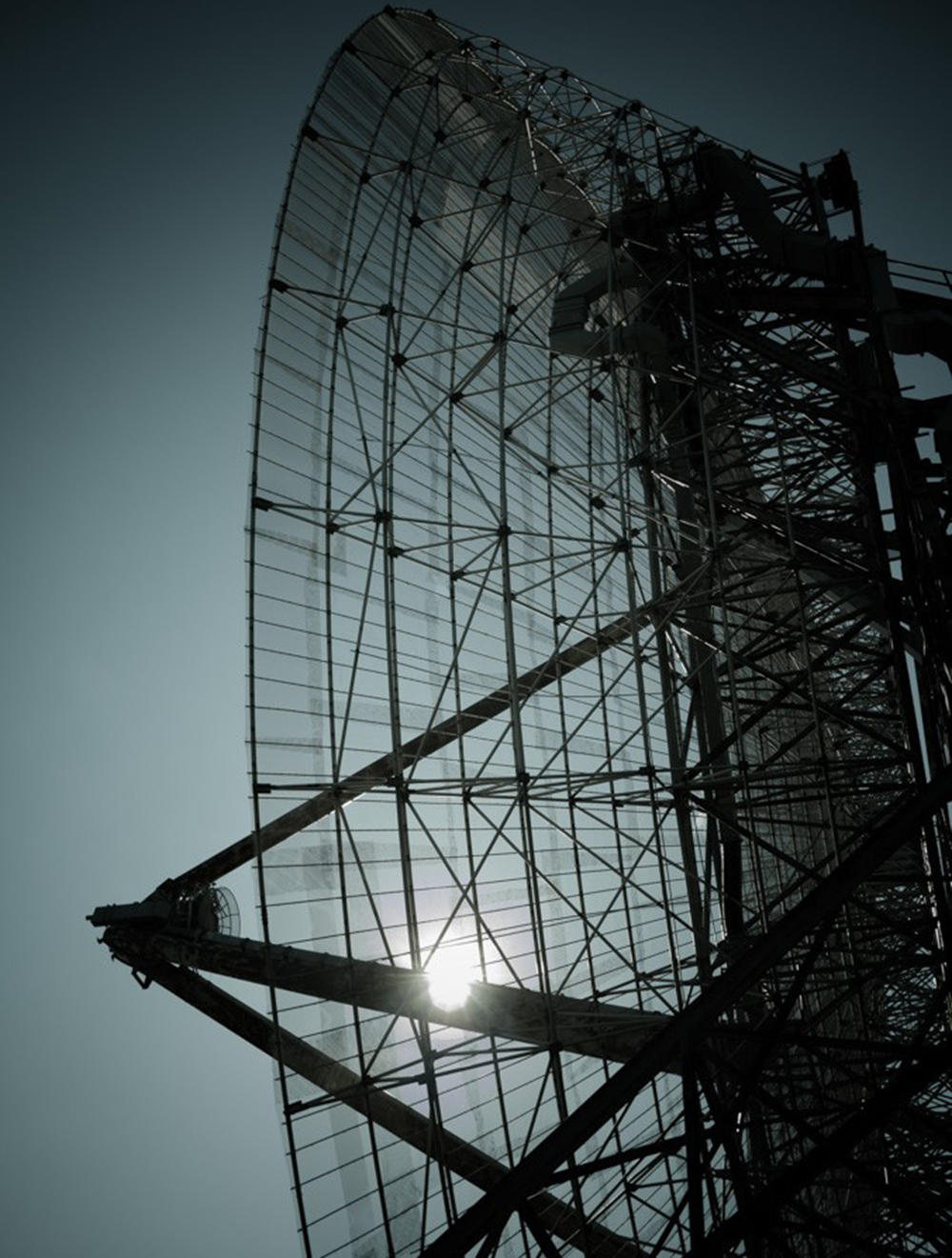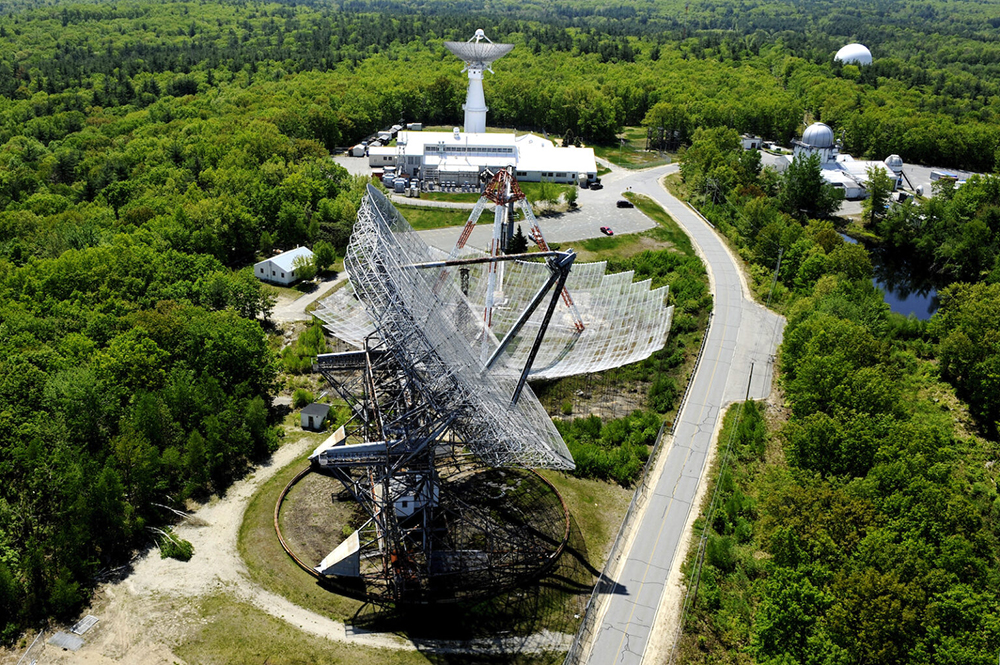
Listening to the sky, the Millstone Hill steerable antenna design-build - by Jonathan Couture


The mission at MIT’s Haystack Observatory in Westford is to study the structure of our galaxy and the larger universe, to advance scientific knowledge of the planet and atmosphere, to enhance technology development to serve radio and space science, and to contribute to the education of the next generation. The Millstone Hill Geospace Facility at Haystack, funded by the National Science Foundation, includes the 46-meter MISA Antenna constructed in 1963 at the Sagamore Hill Air Force Facility and moved to Millstone Hill in 1978.
MISA stands for the Millstone Hill Ionospheric Steerable Antenna which is the only incoherent scatter radar (ISR) in the continental U.S. Nine exist worldwide. The MISA is fully steerable and is used primarily as a UHF radar antenna for measurements of the near-space environment. According to MIT and Cornell, this ISR studies the upper atmosphere and ionosphere of the earth, measures electrons in the ionosphere, which extends from 60 to 600 miles above the earth’s surface. The radar system has a 2.5-megawatt transmitter, large antennas, and highly sensitive radio receivers. Both the MISA and an adjacent fixed-position antenna (zenith) measure plasma drift velocities, electron and ion temperatures, electron densities, ion composition, and ion-neutral collision frequencies.
Our team at Brennan Consulting has the privilege of working on the MISA refurbishment design-build project with BOND Brothers. Existing conditions surveys began in late spring and construction commenced in early fall 2023 and include the redesign of the MISA foundation, surrounding civil engineering, and landscaping. Our high precision survey equipment has been integral in maintaining the center of rotation of the antenna itself. After assigning the axis of rotation, a coordinate was established for the center of the antenna which rotates on a cylindrical rail track. The 67’-8” radius from the center of rail to the center of antenna was determined to assist in maintaining positioning during renovations.
Brennan is also working with BOND during the design-build to layout the new foundation and anchor bolts for a new rail installation, which are to be constructed in multiple phases. The antenna remains on its foundation during construction and is operational. Four wheels, 90 degrees apart, support the antenna as each quadrant of the foundation is demolished, new rail is installed for the support wheels, then the antenna is twisted onto the new rail from the existing rail. The process is then repeated for each subsequent phase as the antenna maintains its function. This multiphase project requires the utmost precision due to anchor bolt plate and rail splicing, and the integral coordination of all four quadrants. Reconstruction should be completed by early 2024 under a rapid project schedule.

The MISA Project and our client BOND Brothers have provided us with the opportunity to showcase our state-of-the-art technical services here at Brennan. Millstone Hill will remain a premier facility for midlatitude ionosphere, magnetosphere, thermosphere, and space weather research for years to come. Life science projects also underway here at Brennan include Commonwealth Fusion, Sarepta, 2 Harbor St., Binney and the MXD Substation, Mass General, and the UMass Amherst Science Building.
Jonathan Couture is a survey project manager for Brennan Consulting, Inc., Burlington, Mass.